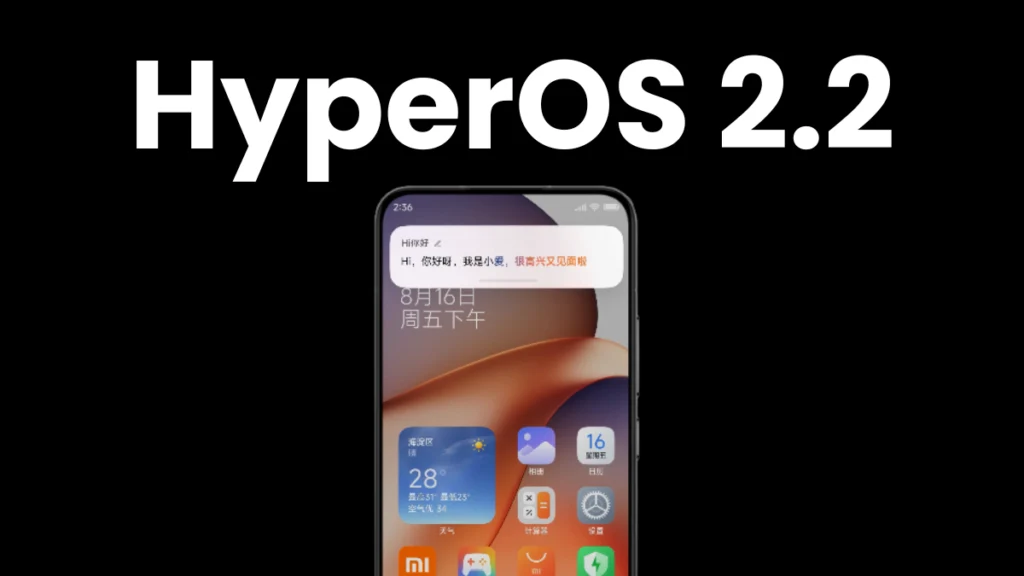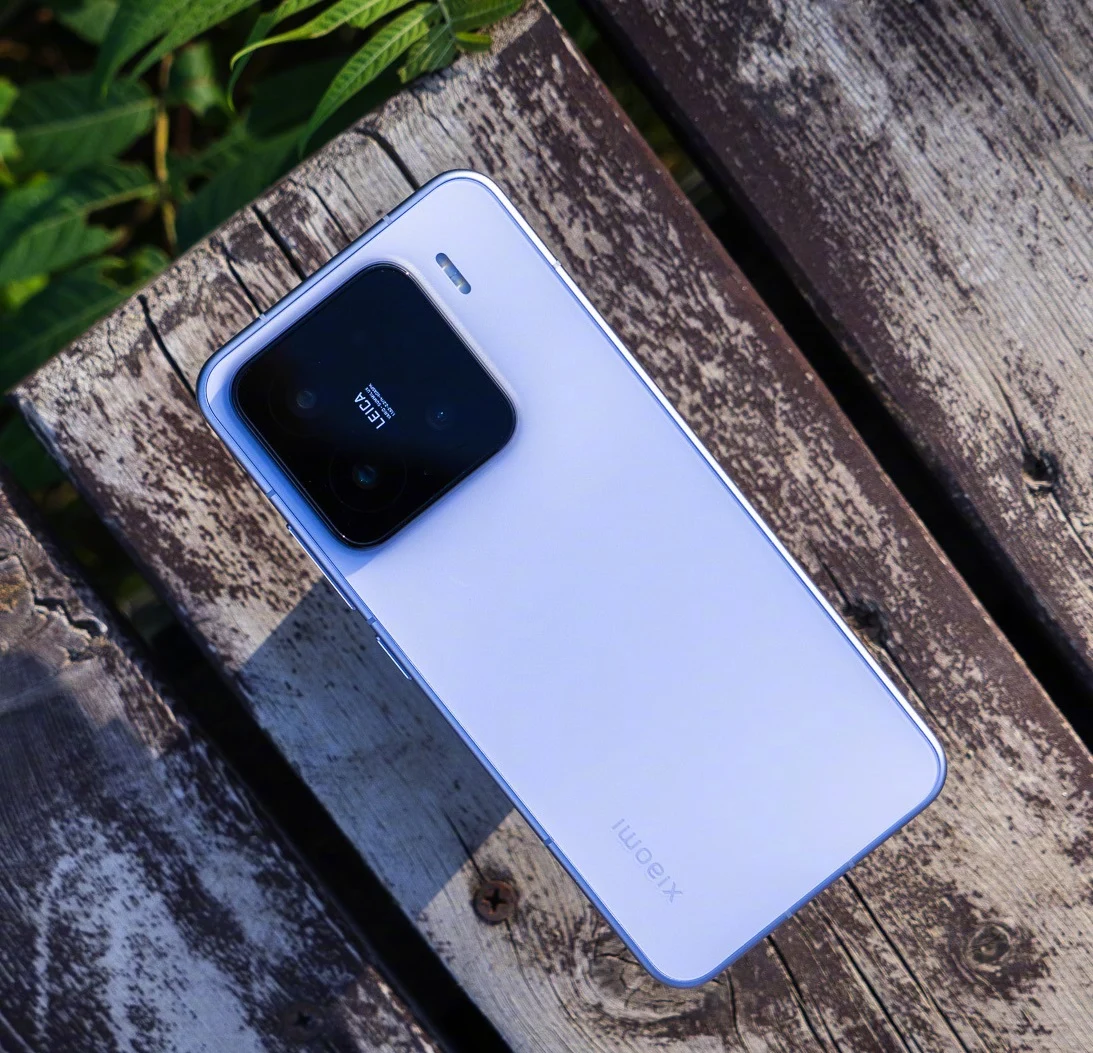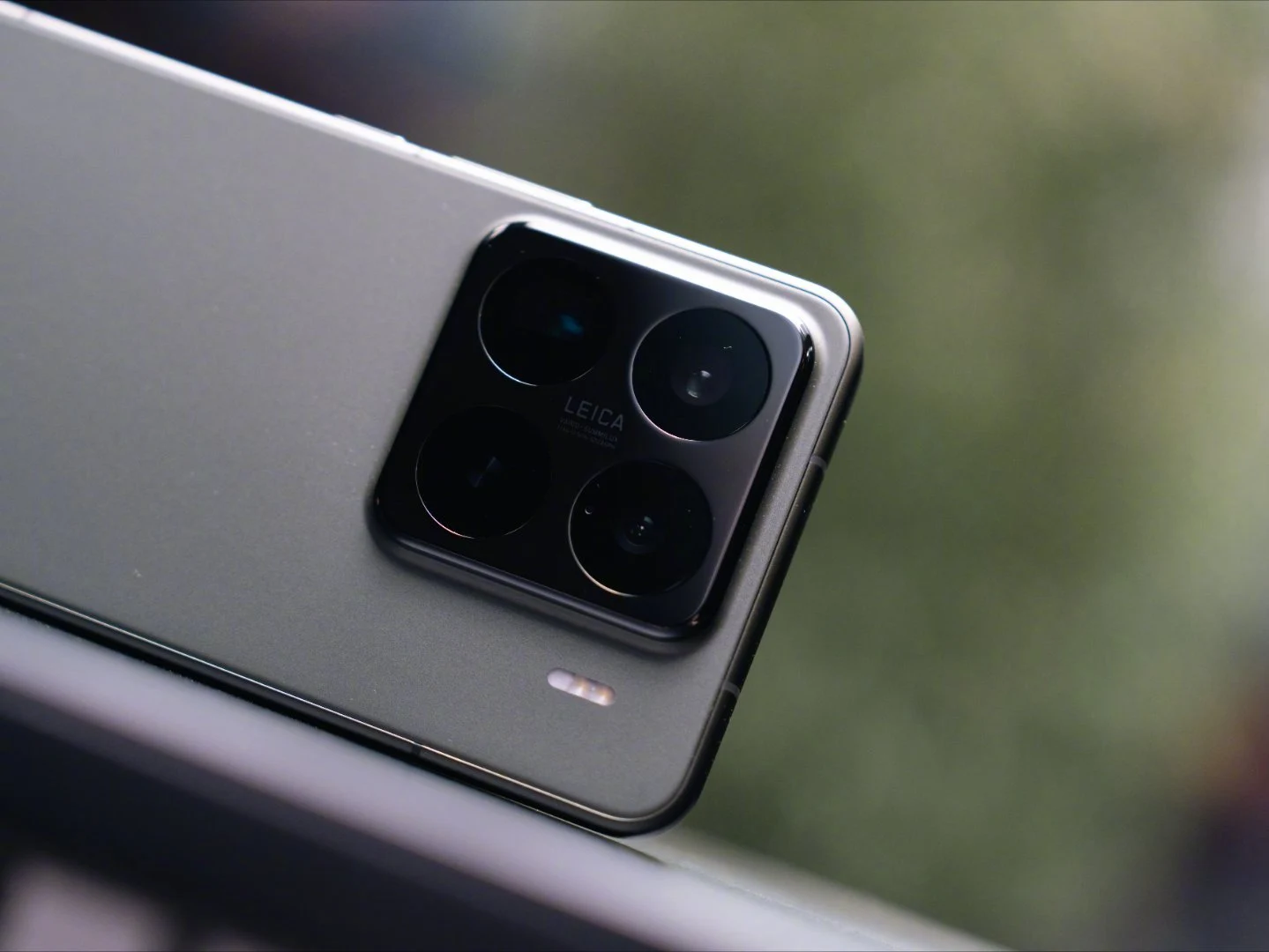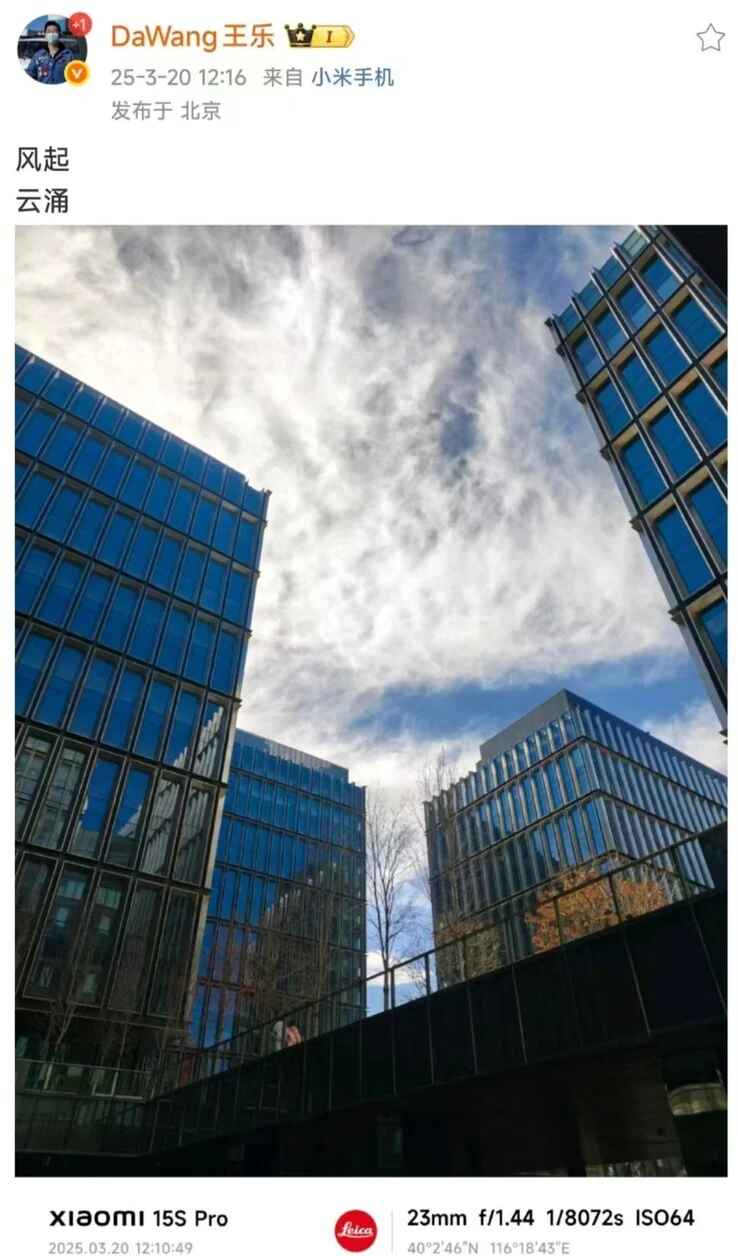Key Takeaways
1. Xiaomi will launch its flagship smartphones under the name Xiaomi 17 series instead of Xiaomi 16 series.
2. The Xiaomi 17 series will include three models: Xiaomi 17, Xiaomi 17 Pro, and Xiaomi 17 Pro Max.
3. The Xiaomi 17 is expected to have similar pricing to last year’s Xiaomi 15, while the Pro models will offer more luxury and advanced features.
4. The Xiaomi 17 Pro Max is anticipated to be the best camera phone Xiaomi has produced to date.
5. Xiaomi aims to benchmark the new devices against the iPhone 17 series to compete with Apple’s latest offerings.
Xiaomi is reportedly gearing up to introduce its next flagship smartphones, known as the Xiaomi 16 series, later this month, which will be the first to feature Qualcomm’s new Snapdragon 8 Elite Gen 5. However, recent updates indicate that there won’t actually be a Xiaomi 16 series.
Change in Naming
According to Xiaomi President Lu Weibing, the upcoming premium devices will be released under the name Xiaomi 17 series instead. The executive emphasized that the Xiaomi 17 series is set to bring about the “most significant leap forward” in the company’s history. This month, three models will be launched: the standard Xiaomi 17, the Xiaomi 17 Pro, and the Xiaomi 17 Pro Max.
Device Details
The Xiaomi 17 is expected to be a compact and high-end smartphone, maintaining the same pricing as last year’s Xiaomi 15. The Xiaomi 17 Pro will be an even more luxurious compact option, while the Xiaomi 17 Pro Max is rumored to be the most advanced camera phone that Xiaomi has ever produced. There is no mention of a Xiaomi 17 Ultra, which is probably because that model won’t be released until next year.
Strategy Behind the Shift
In an interesting development, Xiaomi has not tried to conceal its reasons for skipping the Xiaomi 16 series. Essentially, the upcoming phones powered by the Snapdragon 8 Elite Gen 5 are being benchmarked against the iPhone 17 series and will compete with Apple’s latest devices “of the same generation and level.”
Source:
Link













